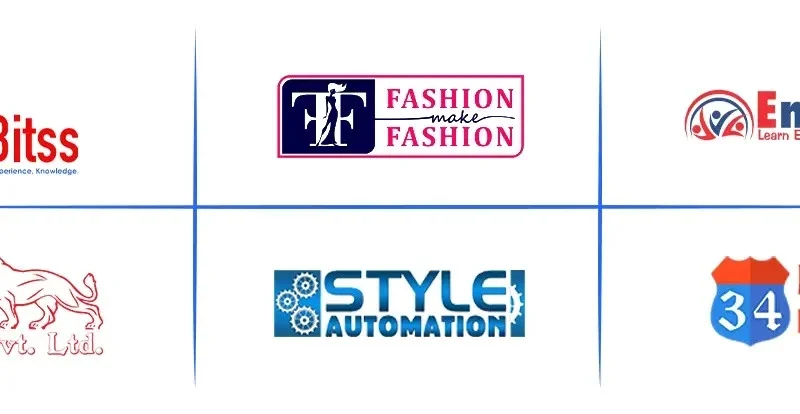Content Writing Training in Chandigarh
Content Writing Training in Chandigarh
The Role of Visuals in Enhancing Written Content
Introduction
In today’s digital landscape, where information bombardment is incessant and attention spans are fleeting, the role of visuals in enhancing written content, especially in the context of content writing training in Chandigarh, has escalated in significance. While the written word holds undeniable value, the integration of compelling visuals can exponentially amplify the impact and engagement levels of any piece of content.
Importance of Visuals in Written Content
In a sea of digital noise, visuals act as dynamic catalysts, grabbing and holding the attention of the audience. According to studies, publications that are enhanced with pertinent photos receive an astounding 94% more views than those that are text-only. Moreover, the human brain analyzes visual data much more quickly than textual material, which emphasizes how important it is for content providers to take advantage of this innate tendency.
Enhancing Engagement through Visual Elements
Visual components, which might be images, movies, or illustrations, break up the monotony of text and create a more engaging reading experience. They have the amazing power to arouse feelings, pique readers’ interest, and persuade them to read the story through to the end. Writers may maintain reader attention and engagement from start to finish by carefully integrating images into their writing.
The Power of Infographics
Infographics emerge as potent instruments for distilling complex information into digestible and visually captivating formats. By amalgamating text, imagery, and data visualizations, infographics facilitate enhanced comprehension and retention of information. Whether elucidating statistics, delineating processes, or juxtaposing concepts, infographics possess the prowess to transmute dense content into bitesized, easily assimilable morsels that resonate with audiences.
Visual Storytelling: Bringing Words to Life
Visual storytelling transcends traditional narrative boundaries by seamlessly melding storytelling with compelling imagery. Whether through evocative photographs, vivid illustrations, or immersive videos, visual storytelling ensnares audiences and leaves an indelible mark. By harnessing the emotive power of storytelling, writers can forge deeper connections with their readers and convey messages with unparalleled resonance and efficacy.
Maintaining Consistency Across Visuals and Text
While visuals undoubtedly augment written content, it is imperative to maintain coherence between the two mediums. Visuals should complement the text, serving to reinforce its message rather than overshadow it. Consistency in style, tone, and branding across both visual and textual elements fosters a seamless reading experience and bolsters the credibility of the content.
Accessibility Considerations for Visual Content
The incorporation of visuals into written content necessitates conscientious considerations for accessibility. Providing alt text descriptions for images ensures that visually impaired individuals can access the information seamlessly. Additionally, employing high contrast colors and legible fonts in visual elements enhances readability for all audiences. By prioritizing accessibility, content creators can ensure that their message resonates with a diverse spectrum of readers.
Conclusion: Harmonizing Words and Visuals for Maximum Impact
In conclusion, it is impossible to overestimate the value of images in enhancing written information, especially in the context of content creation. Visuals are incredibly useful tools for content makers, since they can do everything from encourage engagement and comprehension to evoke emotional responses and communicate complex information. Through the strategic use of graphics and written text, content creators may effectively communicate, attract consumers, and leave a lasting impression in the digital space. For those seeking to enhance their skills in this area, considering a Content Writing Training in Chandigarh could provide valuable insights and practical knowledge to excel in the field.
Frequently Asked Questions (FAQs)
- Why are visuals important in written content?
Visuals play a crucial role in written content by capturing and retaining audience attention, enhancing comprehension, and fostering engagement. They break the monotony of text, evoke emotions, and facilitate better understanding of complex information.
- What types of visuals can be used to enhance written content?
Various types of visuals can be incorporated into written content, including photographs, illustrations, videos, infographics, charts, and graphs. The choice of visual depends on the content’s message, target audience, and desired impact.
- How can visuals improve engagement with written content?
Visual elements create a more immersive reading experience, enticing readers to delve deeper into the content. They evoke emotions, spark curiosity, and maintain reader interest throughout the narrative, leading to increased engagement and interaction with the material.
- What considerations should be made for accessibility when using visuals?
When using visuals in written content, it’s essential to consider accessibility for all users. Providing alternative text descriptions for images ensures accessibility for visually impaired individuals. Additionally, using high contrast colors and readable fonts enhances readability for all audiences.
- How can writers maintain consistency between visuals and text in their content?
Maintaining consistency between visuals and text is crucial for a cohesive reading experience. Writers should ensure that visuals complement the text and reinforce its message rather than detract from it. Consistency in style, tone, and branding across both visual and textual elements helps to reinforce the credibility and coherence of the content.

